Search
Search Results
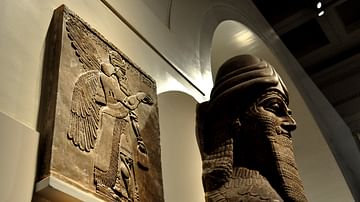
Article
Wall Reliefs: Apkallus of the North-West Palace at Nimrud
Religion is the sigh of the oppressed creature, the heart of a heartless world, and the soul of soulless conditions. It is the opium of the people. (Karl Marx, Critique of Hegel's Philosophy of Right). When it comes to religion...
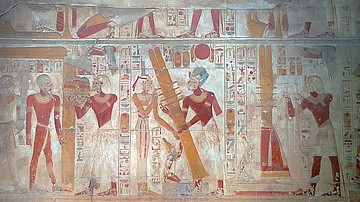
Article
The Forty-Two Judges
The Forty-Two Judges were divine entities associated with the afterlife in ancient Egypt and, specifically, the judgment of the soul in the Hall of Truth. The soul would recite the Negative Confession in their presence as well as other gods...
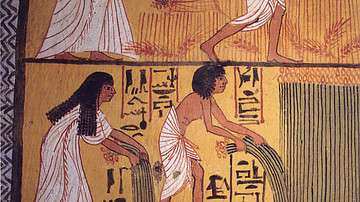
Definition
Field of Reeds (Aaru)
A'Aru (The Field of Reeds) was the Egyptian afterlife, an idealized vision of one's life on earth (also known as Sekhet-A'Aru and translated as The Field of Rushes). Death was not the end of life but a transition to another part of one's...
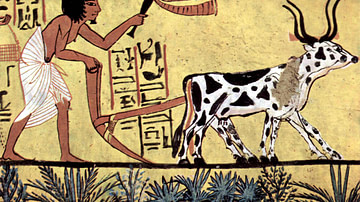
Article
Egyptian Afterlife - The Field of Reeds
The ancient Egyptians believed that life on earth was only one part of an eternal journey which ended, not in death, but in everlasting joy. When one's body failed, the soul did not die with it but continued on toward an afterlife where one...

Image
The Field of the Cloth of Gold
An oil painting dating to c. 1545 CE illustrating the 'Field of the Cloth of Gold', a magnificent pageant held near Calais in June 1520 CE as a show of friendship between Henry VIII of England (r. 1509-1547 CE) and Francis I of France (r...
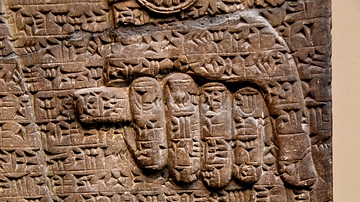
Image
Flowering Branch Held by an Apkallu, Door C
Alabaster bas-relief detail showing an Apkallu holding a flowering branch. Neo-Assyrian Period, 865-860 BCE. Detail of Panel at Door C (number 2), Room S, the North-West Palace at Nimrud, modern-day Iraq. (The British Museum, London)
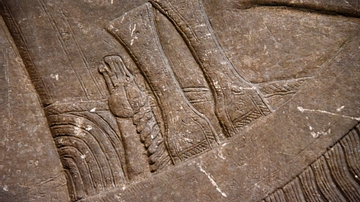
Image
Apkallu's Daggers, Door C
Alabaster bas-relief detail showing the daggers of an Apkallu. Neo-Assyrian Period, 865-860 BCE. Detail of Panel at Door C (number 2), Room S, the North-West Palace at Nimrud, modern-day Iraq. (The British Museum, London)
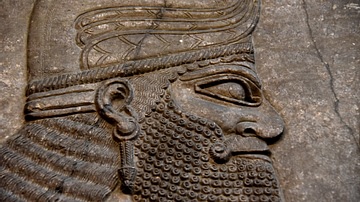
Image
Apkallu, Panel of Door C, Nimrud
Alabaster bas-relief detail showing the head of an Apkalllu, a protective spirit. Neo-Assyrian Period, 865-860 BCE. Detail of Panel at Door C (number 2), Room S, the North-West Palace at Nimrud, modern-day Iraq. (The British Museum, London)
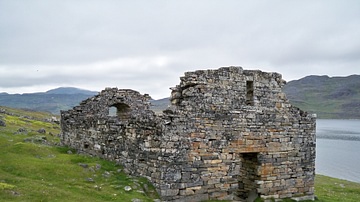
Image
Hvalsey Church, Greenland
Remains of Hvalsey church, a Viking church that was part of the Vikings' Eastern Settlement in Greenland (occupied c. 985-1450 CE). The church lies near present-day Qaqortoq. A young couple was wedded at this church in 1408 CE, and a letter...

Definition
Richard III of England
Richard III of England ruled as king from 1483 to 1485 CE. Richard succeeded Edward V of England (r. Apr-Jun 1483 CE), the son of Edward IV of England (r. 1461-1470 CE & 1471-1483 CE) in mysterious circumstances. The young Edward V and...